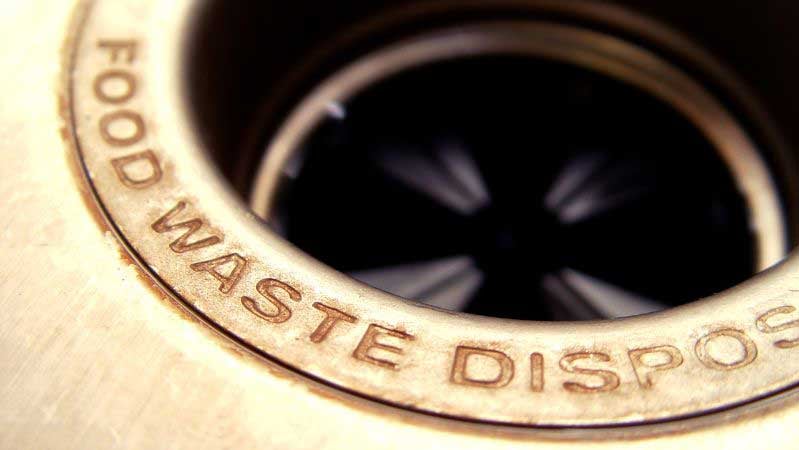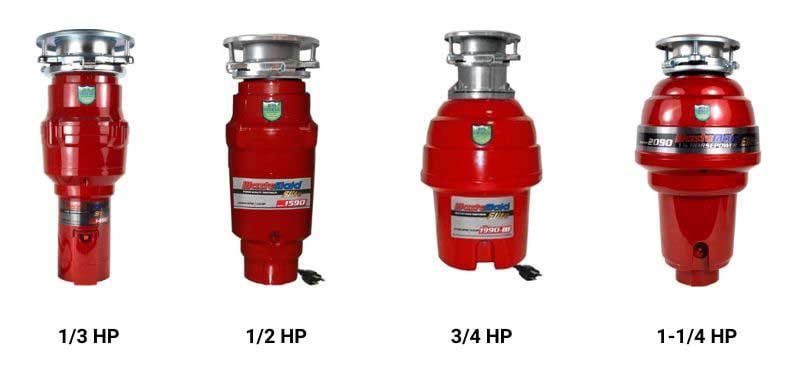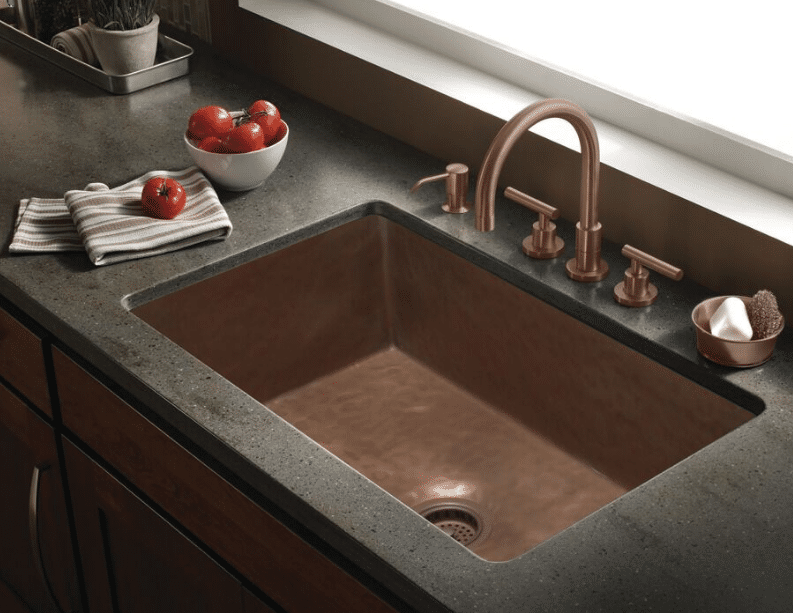The garbage disposer is the least glamorous of all the appliances yet could be the most convenient.
You toss all the leftovers, even the tough ones like small fish bones, cobs, and meats, run some water, and that toxic brew is expunged out of your house forever.
In this article, you will learn how to buy one, the different types, the reliability, and different brands.
Let's get started.
Garbage Disposals: What You Need to Know
How Long Does a Garbage Disposer Last?
Most better disposers are warranted for ten years or even life, so it's probably way over that.
Despite grinding everything, disposers are the most reliable appliances.
In three years, we had one service call on over 1,000 units sold.
Many disposers last 20 years or more. It would be interesting to know when most people replaced a disposer.
Most disposers sold at Yale are for new construction, not replacements.
What Can Go in Your Garbage Disposal?

Just about all food scraps, including fruit pits, small fish bones, and even the cob of corn can go in a garbage disposal.
The higher horsepower (HP) disposals have, the faster the food items will grind up.
What Should Not Go in Your Garbage Disposal and Why?
-1.jpeg?width=799&name=What-Not-to-Put-in-a-Garbage-Disposal-(1)-1.jpeg)
As mentioned, disposals can grind up just about any food item however, you should refrain from non-food items.
You should also stay away from the following food items, just to be safe:
- Oil and grease - over the long run, it can clog up the drain
- Clam and oyster shells - may dull or damage blades
- Fibrous vegetables and peels - can wrap around the blades.
- Excessive amounts of eggshells, shellfish, and coffee grounds - they take a while to breakdown and may clog the drain
- Coffee grounds, paper, and plastic - should never be placed in a disposer either.
How to Buy a Garbage Disposal

You have two types of disposers: Continuous feed or batch feed.
Continuous Feed Disposers
Continuous feed is the most popular type of disposer and is available at all horsepower. You can turn it on and actively shove food down there while it's operating.
You can easily lose silverware or anything else while the disposer is on (yes, I am thinking of a wedding ring too).
However, you need a separate switch to operate the continuous feed.
Here is a tip: Place the switch next to your faucet. It's called an air switch. You can even match it to your faucet color.
Batch Feed Disposers
A batch feed disposer has a switch on the top. You can turn it on without the cover being firmly on the top of the disposer.
It is safer as you can only run one batch at a time.
However, you have fewer models and choices. Also, if you have much more odorous food, you must stop and start, unlike the continuous feed models.
How Do Disposers Fit Underneath Your Cabinet and Sink?
Sinks have universal openings. However, the cabinet underneath can vary. The smaller disposers, like the Insinkerator Badger 1, are 11 ⅜” tall.
The Waste Maid 2090 1 ¼ horsepower is the largest at 17 inches.
Although they fit the same, you have some different specifications. Be careful when replacing a disposal. You don't want to pay the plumber for retrofitting pipes unless you need to.
Disposer Sizes

Disposers are rated by size and horsepower. Capacity is greater, and the warranty increases with the size:
Which Disposer Should You Buy?
As we say throughout this blog, it depends on how you use your disposer. When used sparingly, the ⅓ to ½ horsepower is fine. With a family, the larger sizes may be better. They will grind faster and have more capacity.
The difference between a good ¾ to the best 1 ¼ horsepower in the renovation scheme is roughly $70. It may be worth the peace of mind.
The warranty increases from seven years to life for the best models, but it's up to you.
Brands to Consider
Unlike in years past, you don't have much choice for disposers. At one time, every brand manufactured a disposer. Now, you have Insinkerator, Waste King, and Waste Maid.
How to Maintain Your Garbage Disposal
There is not much that is needed for the maintenance of garbage disposal.
If you hear any sounds of glass or other debris, make sure your power is off at the electric panel and pull everything out of the disposal until it spins freely.
How to Clean Your Garbage Disposal
I try to clean my garbage disposal once a month or at least when needed. I will take one cup of baking soda, pour it into the disposal, and let it sit for 30 minutes.
Then pour one cup of white vinegar, this will bubble up and magically clean/deodorize the disposal.
I like throwing in a couple of lemon or orange peels in between cleanings and turning them on with some water. This will freshen it up as well.
Lemons and oregano are good cleaners for a disposer.
Can You Have a Disposer on a Septic System?
It depends on the advice. Plumbers say no, while others will comment on how much food could fill a septic system.
Then again, the more you use a disposer, the more you must pump your septic system.
You also want to limit the number of peels and other food that don’t break down easily with water.
Insinkerator manufactures a disposer for a septic system. It chemically treats the discharged items. However, if you’re unsure, throw the food item away instead. You don’t want your septic system to back up.
Key Takeaways
A disposer is like buying most appliances without worrying about how it looks. You should buy the disposer based on usage only.
When used sparingly, then buy a smaller ⅓ to ½ horsepower disposer. When used frequently, a larger disposer will be convenient.
Two Areas of Caution When Deciding on Garbage Disposal:
- Just be careful when sizing a replacement.
- For septic, consider a septic disposer and limit the amount of non-biodegradable foods.
Additional Resources
Get the Yale Kitchen Plumbing Guide with plenty of how-tos and pictures to help any kitchen project. Over 1 million people have already found answers in a Yale guide.

Related Articles:
Why Should You Trust Us?
It seems that every appliance review has nothing but glowing comments about almost every product, yet you read customer reviews and they are almost universally bad.
We are here to fill in the disconnect. We'll give you the best features, and the drawbacks as well, including reliability based on over 37,000 calls performed by our service team just last year. Our goal is to give you ALL the information so you know what's right for you.
Please consider subscribing or adding to the conversation in the comments below. We appreciate you stopping by.



-1.jpeg?width=799&name=What-Not-to-Put-in-a-Garbage-Disposal-(1)-1.jpeg)


